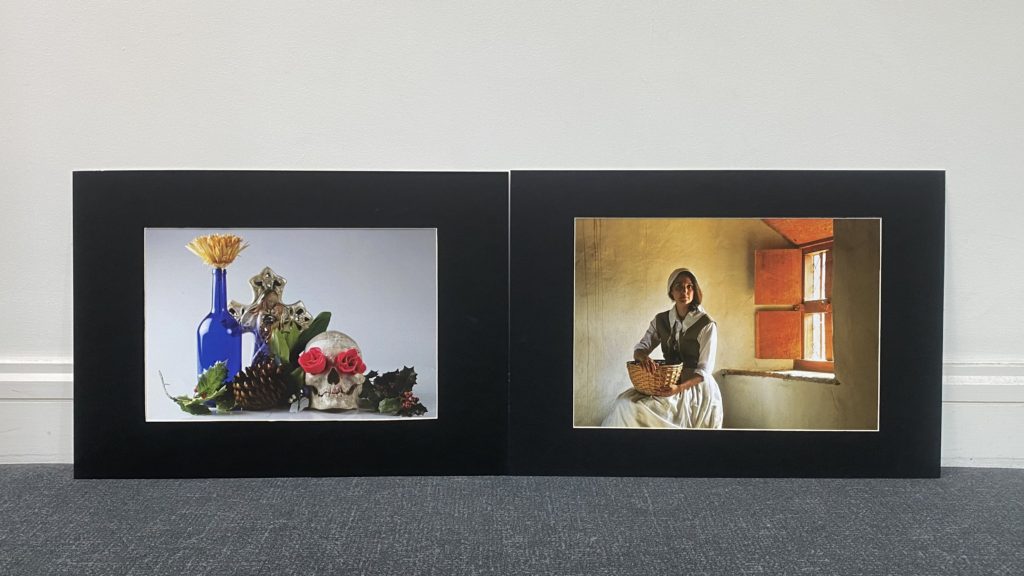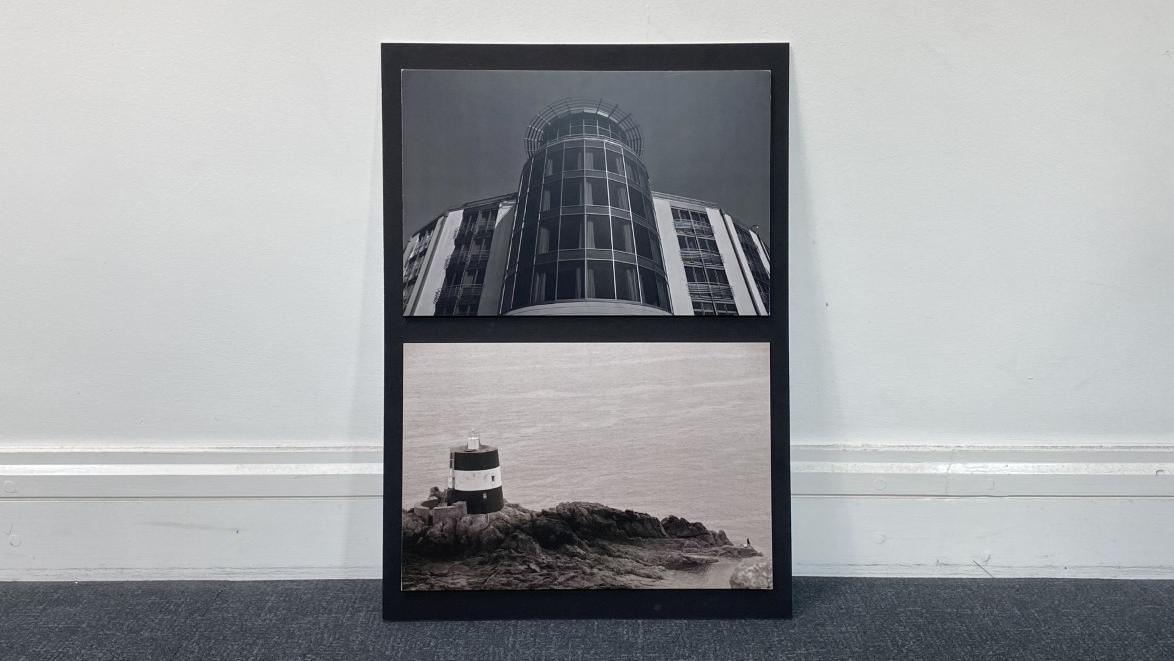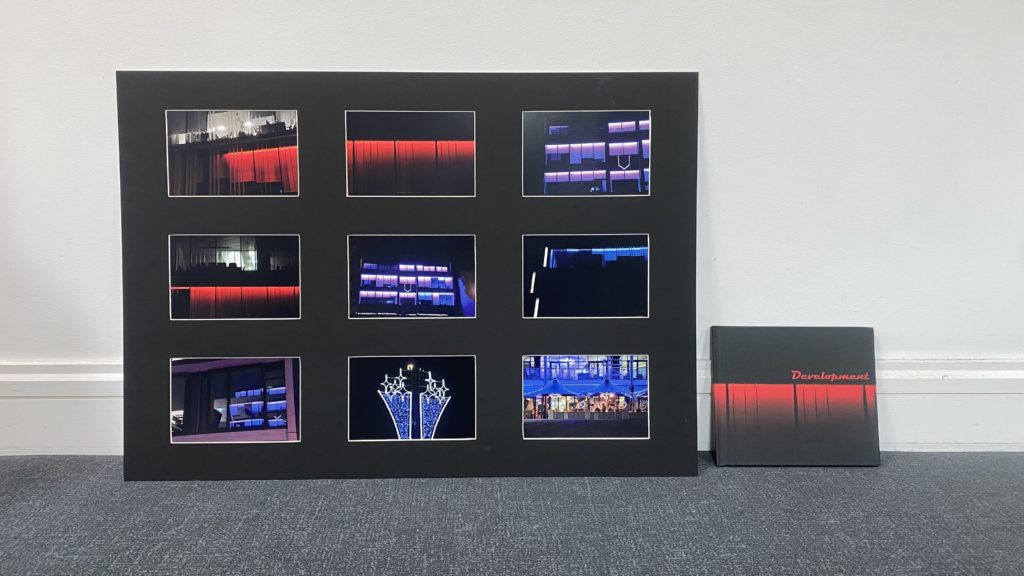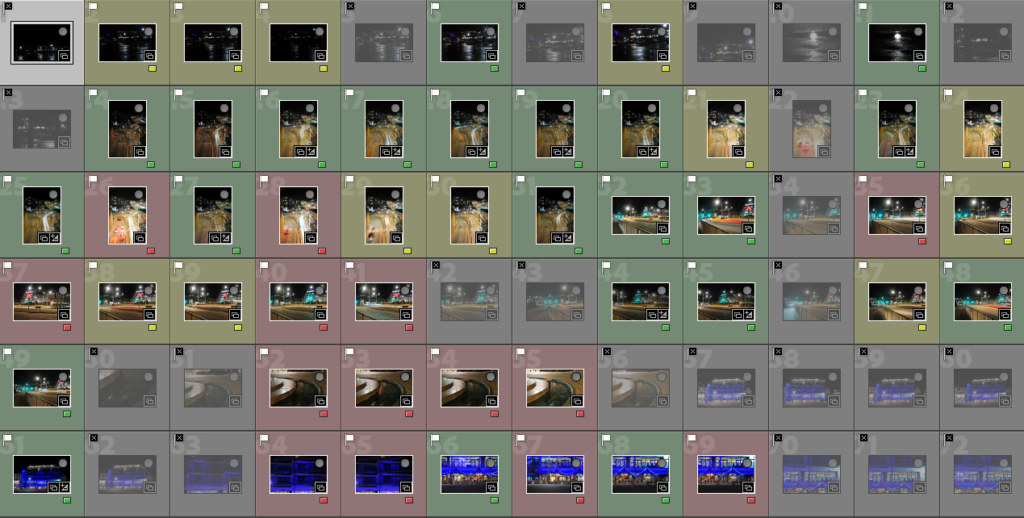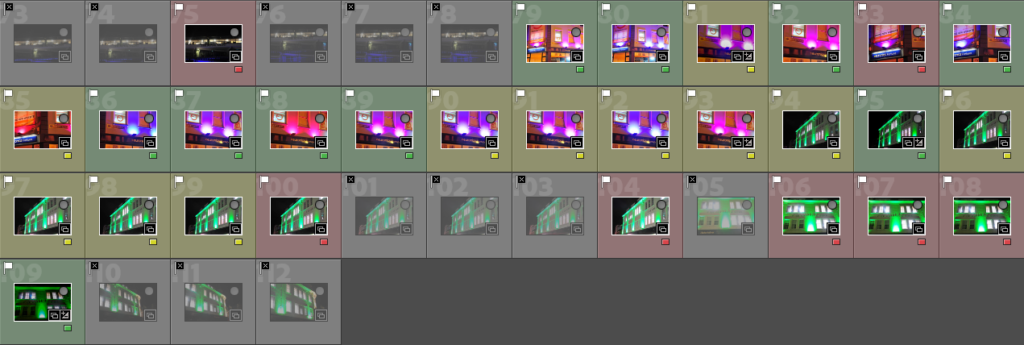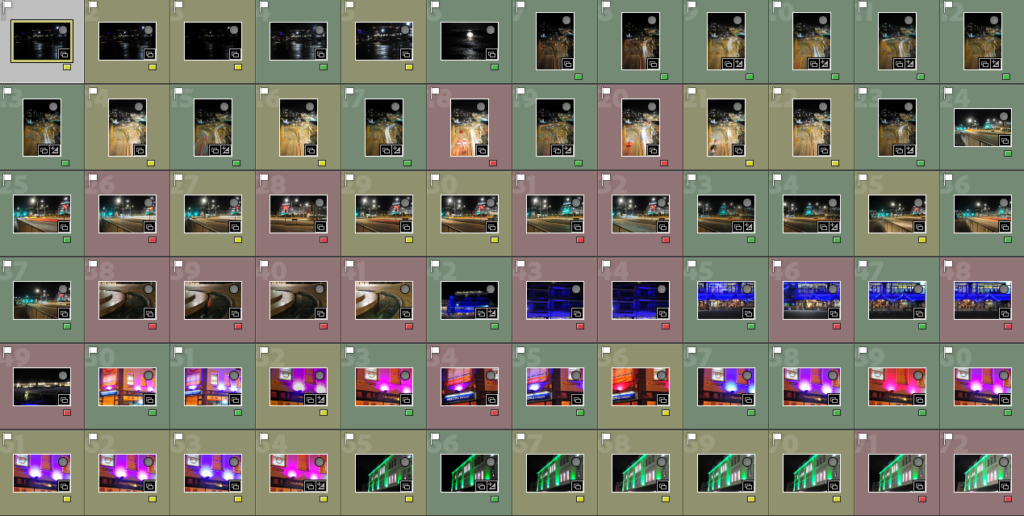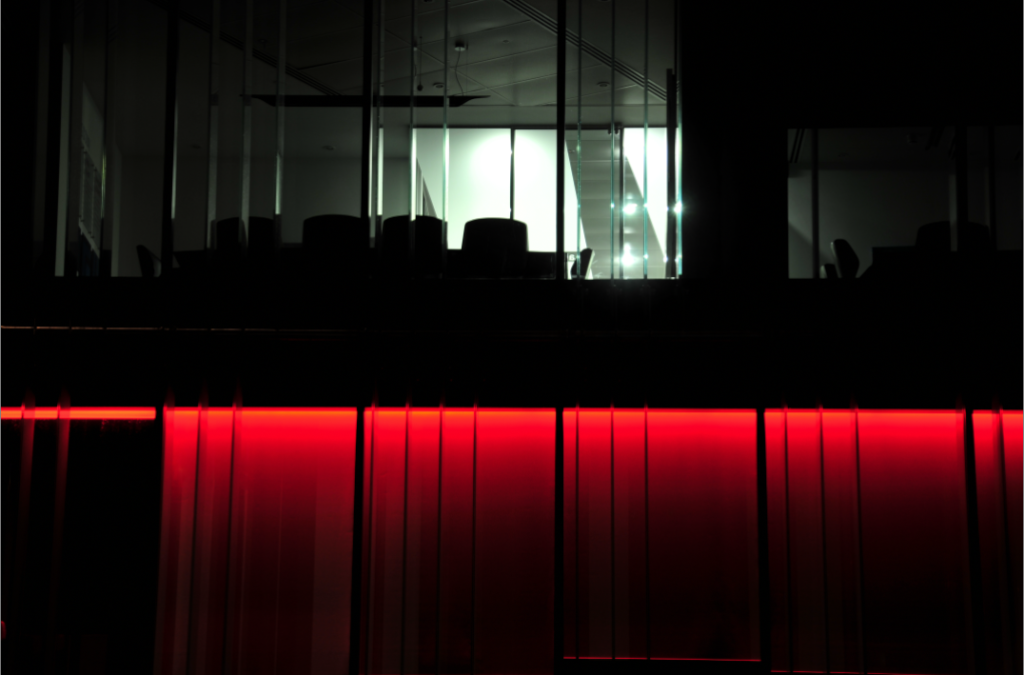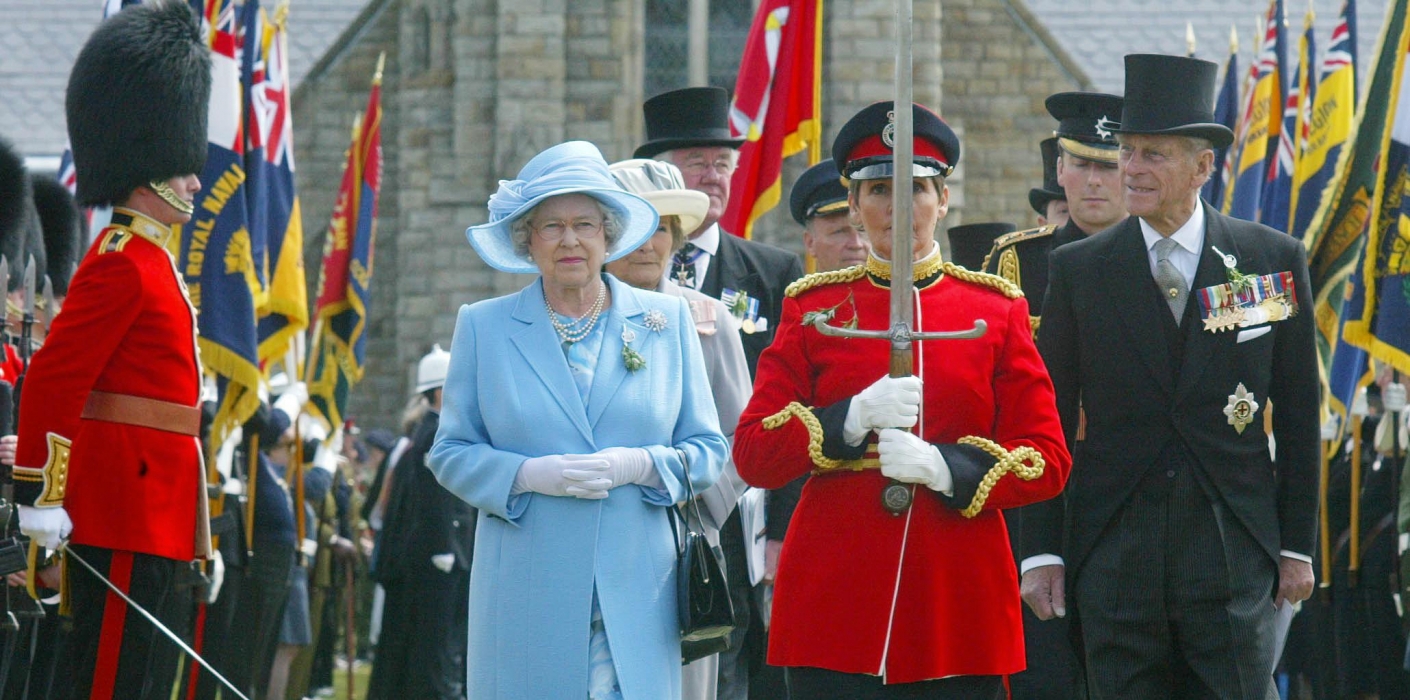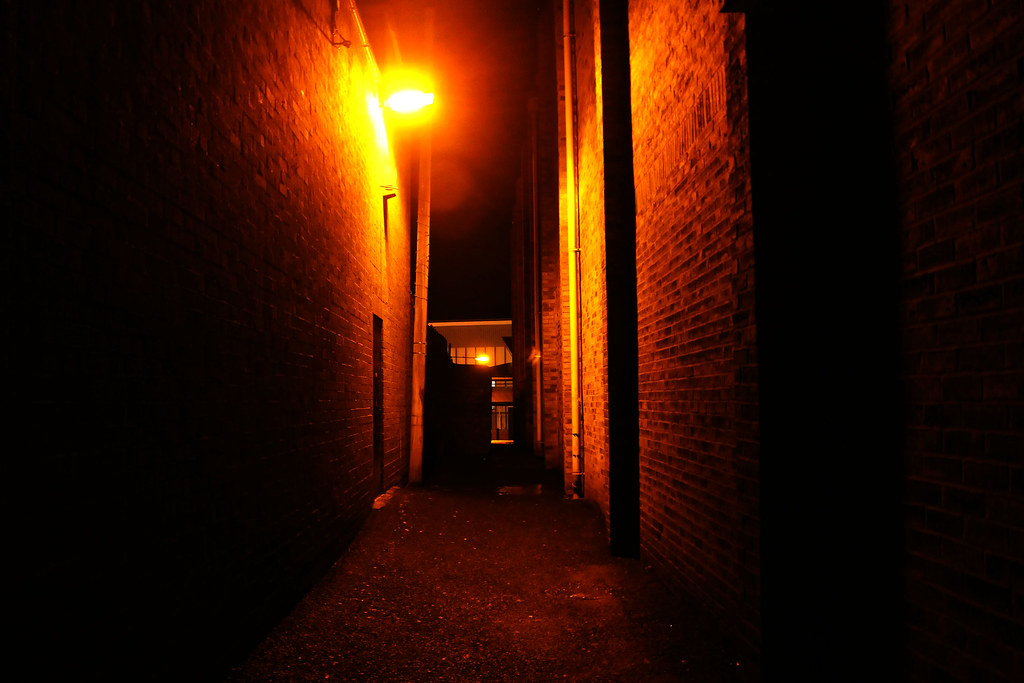In what way do Rut Blees Luxemburg and Lewis Bush’s interpretations of modern landscapes portray development through the medium of photography?
“There are footsteps in the mud, the human presence is absent. The city in my photographs is a structure in which the individual narrative does not dominate but becomes a template to try and locate something that can be described as common, such as a public shared stairwell to the river.” (Luxemburg, R.B, November 10, 2017)
Throughout this essay, I plan to produce a direct and detailed answer to the question my hypothesis identifies. How can a theory of development and change be portrayed by one’s images? This theory is of personal interest as landscapes are my preferred subject for photography, as opposed to portraiture or still-life. The artist’s approach to photography can be compared to a modest degree. Bush and Luxemburg capture modern structures in such a way that the subject and focus of each image is instantly recognisable by the viewer. This is a result of the careful composure of each image, as well as the post-production/editing carried out either in a studio or using editing software, such as Adobe Lightroom or Photoshop.
For my image comparison, I am going to analyse and draw connections between Lewis Bush’s Metropole collection and Rut Blees Luxemburg’s Liebeslied collection. This is because of how the collections complement each other. Luxemburg’s images are in colour; while Bush’s are black and white. Both sets of images are depicting a sense of loneliness; however, this is done in diverse ways. Bush’s images contain complexity and volume; on the other hand, Luxemburg’s feel emptier.
Luxemburg moved to London in 1990 to study photography at the London College of Printing and then the University of Westminster. She was attracted to the cityscape surrounding her, as she had grown up in the German countryside. This project was created by taking photographs from peculiar perspectives. This included towering office blocks and abandoned structures. It portrays the nocturnal city of London in a literal different light. The photographer’s choosing of post-sunset photographs presents the city from new perspectives, “liberating spaces and structures from their conventional contexts.”
“Liebeslied means love song in German,” says Luxemburg. The project encapsulates the photographer’s changing relationship to the city and exists as a visual love song dedicated to it. Where London: A Modern Project offered an outward study of the solid structures of modernity, Liebeslied: My Suicides evokes a sense of Luxemburg’s immersion in her surroundings. From rain collecting in gutters, to overspill from the Thames, water exists as an emblem of this throughout. In the image A Girl from Elsewhere, which will be on show at London Nights, liquid streams across the surface of a pavement. Bathed in the yellow light of a streetlamp, the photograph epitomises the unique colour palette that has come to define Luxemburg’s work. B.J.P. (23rd February 2018) Interview: London; A Visual Love Song. British Journal of Photography.
Populated areas tend to change as we change as a species. As a large amount of people move to a new urban area, the landscape expands and develops with the population. Cities like Tokyo and London are notable examples of this. Jerry Johansson, a Swedish photographer who specialised in the architecture of well-known geographical locations, produced a book, Tokyo in 2016. The book holds a wide variety of all aspects of a city spread over 95 black and white images. All these photographs adopt the deadpan approach, which results in a simplistic and consistent theme throughout. There is a clear focus on the structure of the subject of each photograph. Johansson photographs the supporting structure of each building, or what is surrounding it.
Images of a location or area can display the economy and wealth of that area. For example, in London, the price of living is one of the highest in the UK. This is a result of it being the capital city, as well as a convenient place to live. The structures in Bush’s images are mostly super-modern skyscrapers/tower blocks which portrays the city as a very built up and wealthy area, which it is. In contrast to this, Luxemburg’s images show an alternative to what is made out to be a city of luxury. Her images show the back alleys, abandoned structures and the mud that surrounds the river Thames. This shows how not everyone has access to a beautiful home in what is shown to be a post-modern city, resulting in a stunning comparison between the two artists. The reasons for the artist’s decisions may be due to their childhood. Bush himself was born in London in 1988. During this time, the city was expanding into a global financial centre, simply because it could afford to. Luxemburg had a slightly different upbringing. She was born in Germany in 1967 and grew up surrounded by the German countryside. When she moved to England in 1990, she was at once drawn to the architecture of her new surroundings. The subjects of her images are based more upon what she was used to when she lived in Germany. The same can be said about Bush as his images show he modern side of the city, which is what he grew up in.
Jersey, the island I will be photographing, is similar to London in many ways. The quality of life is good for most people; however, the cost of living has skyrocketed in recent years, mostly due to the Covid-19 pandemic and the Russian invasion of Ukraine. It is now one of the most expensive places to live in the world. Many wealthy individuals, working or retired, come to Jersey to live as it has been branded as a ‘tax haven,’ meaning they move here to have little or no tax fees. Jersey is also a financial super-haven, as a substantial part of the island’s wealth can be tracked back to financial operations.
In conclusion, I feel that Luxemburg and Bush’s work can be related to each other as well as my own work that I have previously produced earlier in my course. For my May 22 project Anthropocene, I displayed a variety of landscapes, structures and camera skills to an effective degree. I wanted to do this as I have found it a fascinating subject for my memorable lifetime. My work from this project can be compared to both artists, as my first photoshoot was of the built-up area of the Waterfront and harbour areas of Jersey, resembling Bush, and my second photoshoot consisting of a range of old structures from the era of World War II, resembling Luxemburg. These two artists based their image choice on their style of photography and upbringing during childhood, as did I. Both collections have a different story to tell which gives them a contrasting target audience, but outstanding outcomes regardless. For my own work from now on, I am going to aim to replicate the work I have studied, as this could encourage me to learn new camera skills/techniques and develop my all-round performance as an amateur photographer.
